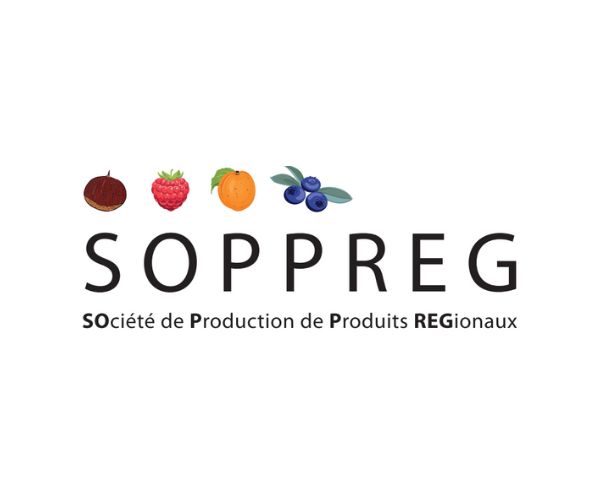Customer testimonials
Sizing a cookie factory: the CTCPA supports SOPPREG
22
May

Published on: 22/05/2023
The CTCPA helped SOPPREG (Société de Distribution et de Production de Produits Régionaux) size its cookie factory. Here's a look back at SOPPREG's activity and our support with Christophe CAMUS, entrepreneur and manager.
"CTCPA provided us with effective technical support in a very short timeframe."
Tell us about Soppreg!
SOPPREG is a company I bought via a holding company in 2019. As an entrepreneur, I already own several local industrial SMEs on a human scale, but SOPPREG is my first structure in the local food sector.
Originally, SOPPREG had a dual role. We are both distributors of regional products (cookies, nougats, terrines, etc.) and processors (jams). Our own production represents between 55% and 60%, with the remainder coming from trading.
Our La Chareyrade jam brand is sold in specialized networks: grocery stores, greengrocers, garden centers (gamm vert), etc. We also sell our products in supermarkets under the brand names "Confitures ardéchoises" and "Délices ardéchois" (cookies, nougats, etc.).
We have around 300 customers across the Auvergne Rhône-Alpes region, and deliver to 95% of them ourselves.
Why did you decide to set up a cookie factory?
What I like above all is industrialization! So I'm particularly fond of in-house production and the integration of know-how.
Cookie sales have always been outsourced. However, our subcontractor has decided to redirect its activity and cease our collaboration. They announced this in June 2022. As I was thinking of bringing production in-house, this announcement had an accelerating effect!
Why did you work with the CTCPA?
At the beginning of 2022, the CTCPA assisted me with a quality audit of our jams. During this service, I met François-Xavier CHABANEL, industrialization project manager. We had the opportunity to discuss the extent of the CTCPA's expertise, particularly in cereal products. As we had received the news from our subcontractor, we had 8 months to build up stock and construct a workshop with the help of the CTCPA! Our aim was therefore to internalize this activity and size a production and packaging unit that would enable us to develop our markets and better control our production. The specifications had to enable us to reproduce the same recipes: chestnut macaroons, blueberry moelleux and chocolate chip cookies.
All our cookies are made without additives, artificial colorings or preservatives.
That's why I turned to the CTCPA, a technical center specializing in agri-food processes, heat treatment, packaging and food preservation.
How did CTCPA support SOPPREG?
In order to validate our plans and secure our investment, we asked the CTCPA to help us get an idea of the industrial master plans for this new plant, the possible equipment for this process, and the dimensions of a production unit that would enable us to meet our objectives.
The sizing of this new unit was carried out from the receipt of raw materials to the packaging of finished products.
Overall, I'm very satisfied with François-Xavier's availability. He gave me a good explanation of the business and was very clear on the process/equipment side. The CTCPA provided us with effective technical support in a very short timeframe. What's more, I had no problems with any of the suppliers presented. The choices were relevant.
Where do you stand today?
In February, we hired a pastry chef who spent two months selecting suppliers and carrying out trials. Last week, we were officially able to make our first products!
Ultimately, we want to improve productivity and conquer new markets!
__
CONTACT SOPPREG :
CONTACT CTCPA :
- CTCPA Avignon : avignon@ctcpa.org
- François-Xavier CHABANEL, Industrialization Project Manager, fxchabanel@ctcpa.org
Choosing the processes and technologies that meet your needs and constraints is a key factor in your profitability. Our engineers specialize in industrialization team up with you right up to production launch to define or redefine your lines, both technically and economically. We look forward to hearing from you!






